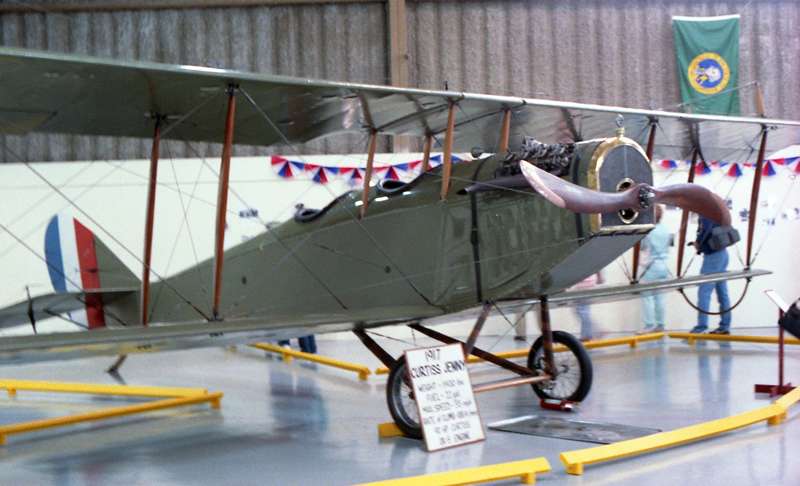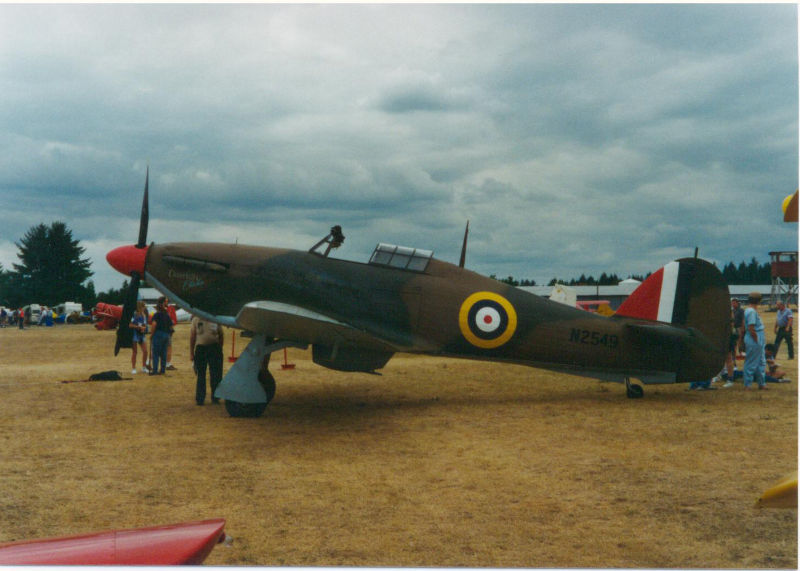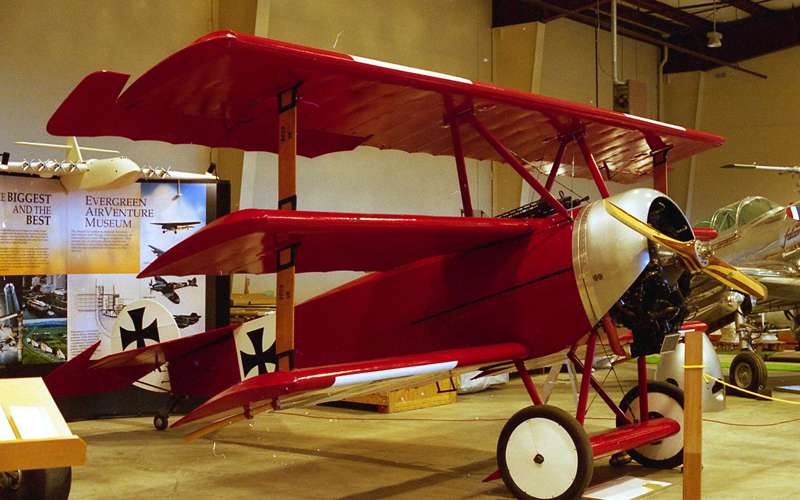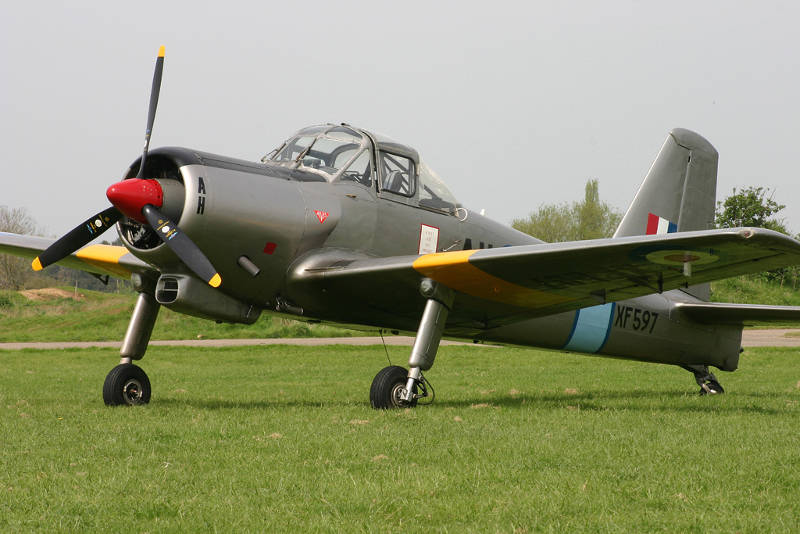
The Culver Cadet is an American two-seat light monoplane aircraft, also once a radio-controlled drone, produced by the Culver Aircraft Company.
The aircraft designer Al Mooney developed an improved version of the Culver Dart, to provide improved performance with a smaller engine. Originally designated the Culver Model L the prototype first flew on 2 December 1939. The aircraft was named the Culver Cadet. Although similar to the previous Dart the Cadet had a semi-monocoque fuselage instead of welded-steel-tube and a retractable tailwheel undercarriage. The first variant (the Cadet LCA) was powered by a 75 hp (56 kW) Continental A75-8 four-cylinder horizontally-opposed piston engine.
The 1941 version was designated the Cadet LFA and introduced a number of refinements and more equipment, and was fitted with a 90 hp (67 kW) Franklin engine. Production was brought to an end after the United States entered World War II in December 1941, but the Cadet had found export orders, including to Uruguay, and had a new military role.
The Cadet was one of six models that Al Mooney designed during his eight years at Culver. He would leave to found Mooney Aircraft.
Our walkaround of this interesting aircraft can be found here:
https://www.modelers-reference.com/downloads/culver-cadet/




 The Fokker Dr.I Dreidecker (triplane) was a World War I fighter aircraft built by Fokker-Flugzeugwerke. The Dr.I saw widespread service in the spring of 1918. It became renowned as the aircraft in which Manfred von Richthofen gained his last 19 victories, and in which he was killed on 21 April 1918.
The Fokker Dr.I Dreidecker (triplane) was a World War I fighter aircraft built by Fokker-Flugzeugwerke. The Dr.I saw widespread service in the spring of 1918. It became renowned as the aircraft in which Manfred von Richthofen gained his last 19 victories, and in which he was killed on 21 April 1918.

